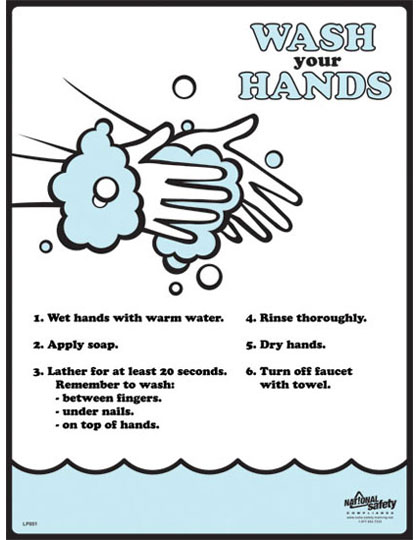Drunk driving awareness campaigns in the UK are like the Coca-Cola truck commercial, the movie Home Alone, and pigs in blankets; They are at their most prominent over the Christmas period. The dangers of drunk driving clearly don’t need advertising to be obvious. So why are drunk driving-related deaths and incidents on an upward curve in the UK?
With yearly increases in drunk driving-related deaths since 2011, the statistics show that driving whilst intoxicated is on the rise and more and more motorists are admitting to have driven under the influence of drink and/or drugs at some point in their lives.
A recent survey of around 2,000 adults carried out by car insurance comparison giant Confused.com found that 19% of adults confessed to having driven under the influence. That equates to around seven million of Britain’s drivers. So why would so many people make this potentially fatal choice? There are a few possible explanations.
The morning after the night before
An apparent lack of education and awareness regarding the longevity of the effects of drinking could have contributed to the recent hike in DD deaths.
So many crashes are occurring in the morning, suggesting that people think a few hours sleep is enough to shake off the effects of a heavy session the night before. The simple truth is, you can be over the limit and susceptible to consequential substandard driving skills for a long time after the drinking has ceased.
Authorities and police have backed this theory up and expressed a need for further education. The notion that a bacon sandwich and a night of broken sleep will suffice are way off the mark.
Education
2011 saw the lowest drunk driving deaths since 1979, so the increase since has been viewed by many as an anomaly, a fluke. But if we dig a little deeper we may find that the increase has come due to a relaxation in the standard of drunk driving education and marketing in the wake of the previously successful years.
In the UK, the alcohol limit for drivers is 80 milligrams of alcohol per 100 millilitres of blood, 35 micrograms per 100 millilitres of breath or 107 milligrams per 100 millilitres of urine. This is across the board, irrespective of your height, weight, gender, metabolism or current mental situation. In other words, you can give two individuals the same amount of alcohol and they could react completely differently.
There should perhaps be a shift in the marketing and education of drunk driving awareness so that people become aware of what is safe for them. The general consumption statistic is broad and people think they can handle the maximum amount without any issues, and perhaps handle even more. The legal limit in the UK is actually higher than in the majority of Europe, so this is also another blindingly obvious possible reason. Should we head towards a zero-tolerance policy on drunk driving? I can see no logical counter-argument to suggest otherwise.
Consequences
Amongst the young and perceived naïve exists a school of thought that a first offence will lead to minor retribution. They may consider themselves unlikely to get caught, and if they do get caught they consider the risk worthy of the possible consequences. All roads here point to a lack of fear amongst drivers. It seems to be the case that not enough people are scared of the consequences of drinking and driving.
Each accident, each death, has a devastating effect on the victim and his/her family and friends. The temptation to drink and drive would be greatly reduced if the possible consequences were rammed home with vigour at every available juncture.
Bio: This article was written by Suzanne Roberts, who works for YourParkingSpace.
Thanks, Suzanne, this is a very serious problem in the U.S., as well. pb
